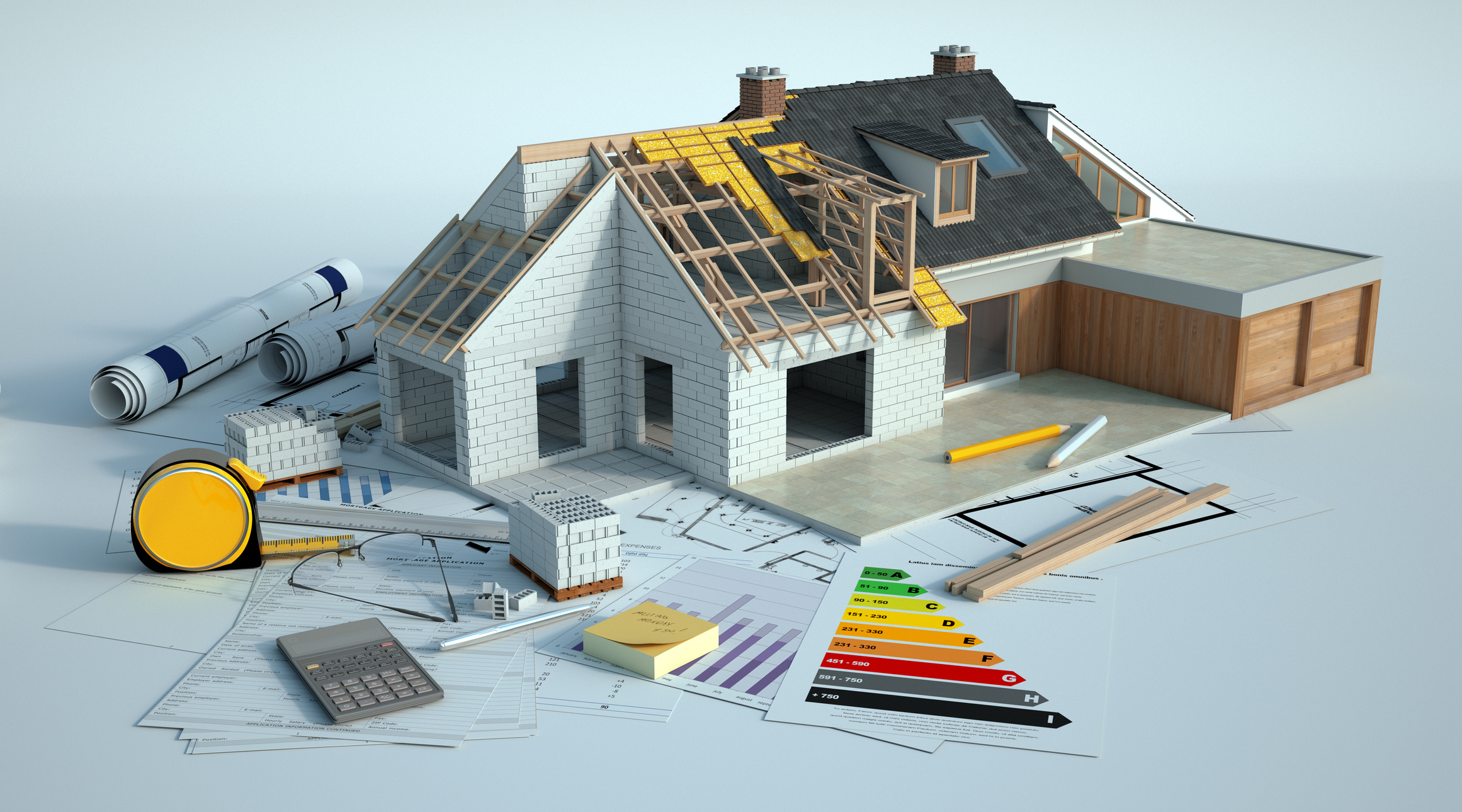Friday Fun Facts – Housing Market Shows Strong Year-End Recovery

As we dive into 2025, let’s look at some fascinating trends from December’s housing market data that might surprise you!
Did You Know?
- Home sales jumped 9.3% compared to December 2023, showing three straight months of year-over-year growth.
- The median home price reached $404,400 in December, up 6% from last year.
- Luxury homes are leading the charge – sales of homes over $1 million surged 35% from last year.
First-Time Buyers Making Moves Good News For New Homeowners!
First-time buyers made up 31% of December sales, showing an uptick from both the previous month and year. This is particularly noteworthy since 2024’s annual average for first-time buyers hit a historic low of 24%.
Regional Spotlight: Western Markets
Our region saw some particularly interesting movement:
- Sales in the West increased 2.6% in December
- Year-over-year sales jumped an impressive 12.9%
- Median price in the Western region: $614,500
What Does This Mean for You?
Whether you’re buying or selling, these numbers tell an important story: despite higher mortgage rates, the market is showing resilience and steady growth. With inventory levels shifting and prices stabilizing in many areas, early 2025 could present some unique opportunities.
Want To Know What These Trends Mean For Your Specific Situation?
Let’s chat! Our Windermere agents are here to help you navigate the market with confidence.
Source: NAR
Friday Fun Facts – Have We Reached a Balanced Market?

Windermere Principal Economist Jeff Tucker analyzes the National Association of REALTORS’ September U.S. home sales report, what the findings say about the current housing market, and why mortgage rates have been rising in recent weeks.
Top Three


Here are the top three reasons why prices are unlikely to crash even though the market has cooled off:
- Inventory – Ultimately, prices are driven by supply and demand. Although supply has increased, it still remains relatively low with less than two months’ supply in most areas.
- New Homes – New home construction still lags behind the demand stemming from population growth. New home starts today are roughly 2/3 of what they were in 2005.
- Credit – Home buyers today are highly qualified which protects the market from a glut of ‘distressed’ properties hitting the market in an economic downturn. The average credit score of buyers is now 776 which, by definition, is ‘excellent.’ Only 2% of loans today are given to buyers with scores under 640 whereas in 2001 25% of buyers had that low of a score.
Slight Increase

A review of the September market stats shows a slight increase in inventory along the Front Range.
The way we currently measure inventory is in days.
Meaning, at the current pace of sales, how many days would it take to sell all of the inventory currently for sale.
The results, based on September’s activity, shows only a slight increase compared to August. This increase can be tied to seasonality as we always experience a slight cooling off of the market heading into the Fall.
Here is what the residential inventory looks like in each of our markets:
- Larimer County = 25 days
- Weld County = 23 days
- Metro Denver = 21 days
Bottom line, the residential market is still very healthy.
Colorado Ranking

Here’s the latest from one of our favorite data sources – the Federal Housing Finance Authority (FHFA).
They track home prices across the Country and produce a quarterly Home Price Index report.
It is not uncommon to find Colorado near the top of the list for year over year price growth.
The latest report has us ranked 13th with only a 13% year over year increase (said with sarcasm).
Idaho is first with a whopping 24% increase. Utah is second at 19%.
Here is our interpretation of these numbers…
Colorado has a history of strong, steady price growth instead of booms and busts.
Our market does not take the big, wild swings in prices that other markets sometimes do.
The fact that Colorado is not at the very top of the list right now is actually good news to us.
We know that our clients appreciate a market that is more steady instead of one that can feel like a rollercoaster.
Want a house in Fort Collins? Grab $500,000, get in line and join the housing Hunger Games

“Buying a house in Fort Collins these days can feel like a combat sport. Maybe more like the
‘Hunger Games.’ Or Charlie Brown and the football — every time you get close to the ball,
Lucy whisks it away…”
Pat Ferrier at the Fort Collins Coloradoan breaks down the housing market in Northern Colorado with the help real estate professionals across the front range. Click the link below to read on!
Fort Collins real estate_ Average home price near $500K in market
5.5 Million Short

New home construction is behind by 5.5 million homes over the last 14 years.
Since 2007, new home starts have lagged significantly behind the long-term average.
The Census Bureau started tracking National new home starts in 1958.
Between 1958 and 2007, an average of 1,102,938 new homes were started each year.
Between 2007 and 2020 the average fell to 708,186 which represents a shortfall of 394,752 per year.
That adds up to a total shortfall of 5,526,525.
The under-supply of new homes is of course a significant reason why the market is under-supplied overall.
credit Inman News as the source of this story
Drastically Different

Recently it seems there are many attempted comparisons being made between today’s real estate market and the 2006-2007 market.
It seems that people fear a repeat of what happened to the market in 2008 and 2009.
Buyers, understandably, want to make smart decisions and don’t want to buy in advance of any downturn.
The reality is this. There are some similarities between now and the pre-bubble market of 15 years ago. Namely, prices are appreciating quickly.
However, there is one massive difference.
The inventory of homes for sale right now is drastically different than 15 years ago.
The rules of economics tell us that, in order for prices to crash, demand needs to diminish, supply needs to swell, or some combination of the two.
Here’s the deal. Supply today is a fraction of what is was 15 years ago.
Homes for sale today:
- Larimer County = 238
- Weld County = 226
- Metro Denver = 2,594
Homes for sale 15 years ago:
- Larimer County = 2,998
- Weld County = 1,113
- Metro Denver = 29,045
The reason why prices flattened and decreased slightly along the Front Range in 2009 is because the National economy had a meltdown and there was a glut of supply.
We do not have anything similar to those same dynamics today.
We are watching the market closely every single day. While we don’t expect the current pace of appreciation to keep up, we believe inventory levels keep us insulated from any kind of crash.
Days of Inventory

In the residential real estate industry, inventory is typically measured in months.
For example, the definition of a “sellers’ market” is when there is less than 4 months of inventory on the market. Meaning, at the current pace of sales, it would take less than four months to sell all the homes currently for sale.
Today it makes more sense to measure inventory in days instead of months.
Here is the number of residential properties currently listed for sale in each market:
- Larimer County = 255
- Weld County = 261
- Metro Denver = 1,645
Here is the current pace of sales in each market:
- Larimer County = 10/day
- Weld County = 10/day
- Metro Denver = 112/day
So, at the current pace of sales, this is how long it would take to sell all the residential properties currently for sale in each market:
- Larimer County = 26 days
- Weld County = 27 days
Metro Denver = 15 days
Yes is the Answer

It turns out that ‘yes’ is the answer to the most common questions we hear right now about the market…
Do you think more properties will come on the market this Spring? Yes, the normal pattern in our market is for new listings to be 40% to 70% higher in April versus January. The peak month for new listings is typically June.
Do you think buyer demand will grow even more as time goes on? Yes, for two main reasons. Buyer activity, just like listing activity, increases significantly in the Spring and Summer. Plus, we expect the economy to open up even more as the COVID vaccine gets rolled out over the course of the year.
Do you think interest rates will go up? Yes, all of the trusted forecasters and economists expect rates to be slightly higher by the end of the year. Our own Chief Economist sees rates at 3.07% by year-end.
Do you think prices will keep rising? Yes, because of the simple economic forces of supply and demand. Supply is at historic lows. The number of properties for sale today is roughly 80% below the average. Demand is being fueled not only by the low-interest rates, but also a rebounding local job market that is poised to rebound even more. Plus, the new work-from-home dynamic positions the Front Range as a sought after place to live.
 Facebook
Facebook
 X
X
 Pinterest
Pinterest
 Copy Link
Copy Link
